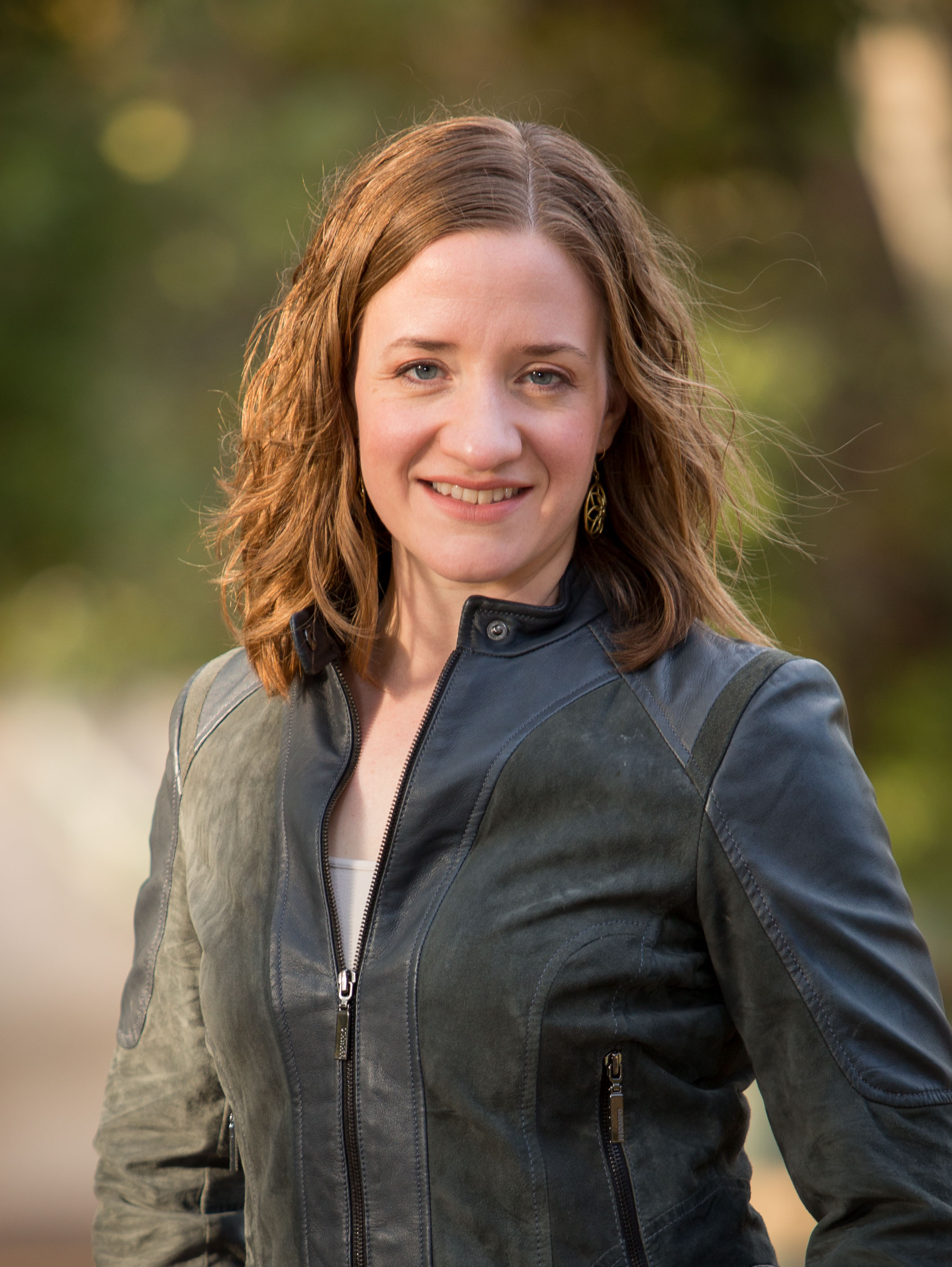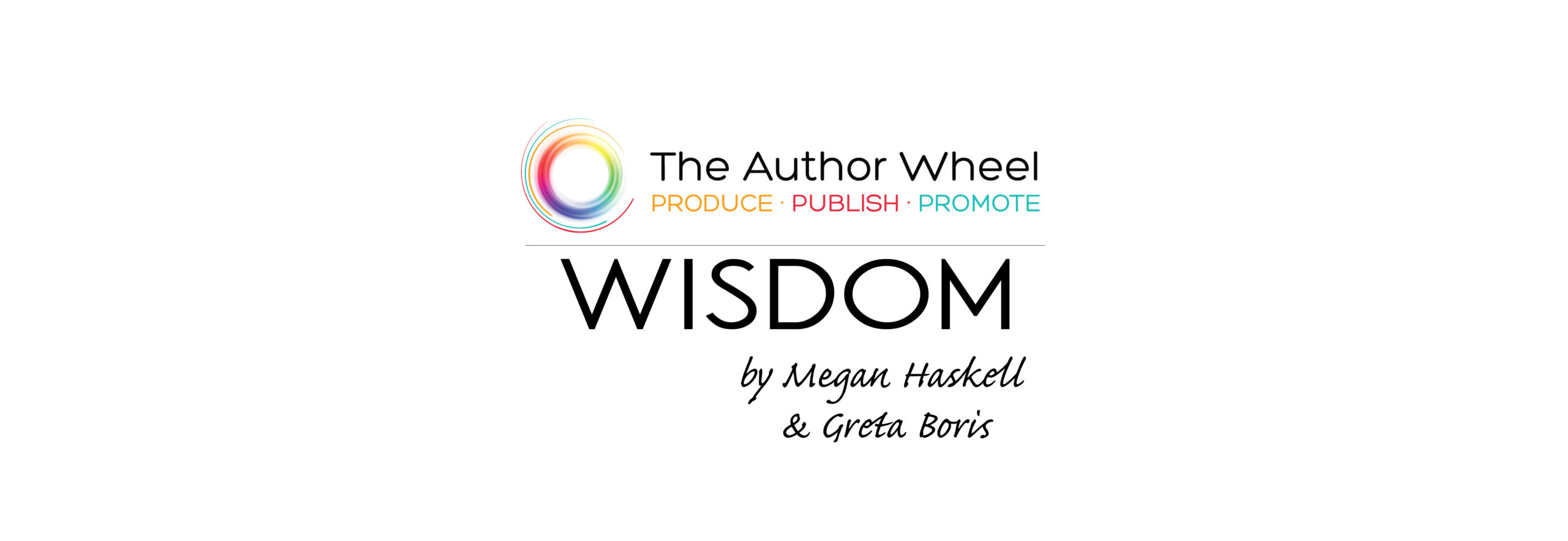EDITOR’S NOTE: Today we’re pleased to introduce THE AUTHOR WHEEL WISDOM, a new monthly column from Megan Haskell and Greta Boris, the masterminds behind The Author Wheel, an educational resource for writers. Both authors started work on a new book in January and are blogging about the planning, plotting, writing, and revising phases as they go. Each month, we’ll share one of those posts here. This month’s installment comes from Megan.
By Megan Haskell //
This year, I’m starting a new series from scratch. Unlike the rest of my books, which are all set in the same world, even if thousands of years apart, this one is completely different. Not only do I have to create new characters, I’m also starting the world building from scratch.
As mentioned above, we thought this would be the perfect opportunity to share what we’re doing and how we produce a book from start to finish.
First: The Spark
All of my stories begin with a spark of a character. She usually arrives in an image, a fragment of a scene. In this case, the protagonist is a twenty-something descendant of the pre-biblical spirit of Lilith. I see her as a waitress in a diner, serving an elderly woman who does something magical, gives Lilith some sort of blessing or power, and then promptly dies.
Mind you, that scene may not make it into the final book. It’s only the spark from which all other ideas will flow.
But before I can go any further in world-building, I have to know what I’m writing. What type of story am I trying to tell? What genre and specific subgenre am I going to target?
Why Does Genre Matter?
Genre is the category that your book fits into on the library shelves. At the very top you have fiction or nonfiction. These are pretty obvious, and not really what I’m talking about. If you’re writing something that’s a true story or factual, that’s nonfiction. If you’re writing something made up, it’s fiction. Simple, right?
The next level down is more important for our purposes. I’m going to focus on fiction because it can be harder to distinguish, and it’s what I’m working on right now.
What Are the Primary Genres?
Within fiction, you’re probably familiar with most of the main top-level genres, at least by name. These include (but aren’t limited to) fantasy, horror, historical fiction, literary fiction, mystery, romance, science fiction, thriller, western, and young adult.
Each of these genres has a particular set of what we call story tropes or genre tropes. These are recurring elements or themes that readers expect in a specific genre of novel. They can encompass everything from setting, to character types, to props. Your choice of tropes will dictate whether you’re writing a thriller or a fantasy or a western.
For example, many thrillers have a literal or figurative ticking-clock. Maybe a bomb is going to explode if the hero doesn’t find and disarm it in time, or the love interest will be killed if the retired thief heroine doesn’t bring the stolen art to the villain by a certain deadline.
However, other types of stories can also have a ticking-clock. If your hero is a gun-slinging cowboy and the bomb is on a runaway train, you have a western. If the thief heroine uses magic to break into the museum where the oil lamp everyone thinks is just an ancient artifact (but really houses a djinn) is being kept, you have a fantasy. To be defined as a thriller, it must be set in the real world.
As you can see, it’s the combination of these tropes that defines the genre.
You can see how this can get confusing.
But it gets worse.
What Are the Subgenres?
Each broad genre breaks down into smaller subgenres. This allows readers to focus on more specific tropes that they enjoy. Mind you, subgenres aren’t necessarily used to classify physical library or bookstore shelves, but the online stores—which have unlimited shelf space—can narrow down to a very granular categorization.
For example, within fantasy, there’s epic fantasy, sword and sorcery, paranormal romance, urban fantasy, young adult (which can be listed either as Young Adult – Fantasy, or Fantasy – Young Adult), and more. Each of these subgenres has a particular combination of tropes that defines them.
Epic fantasy, for example, typically involves a secondary (non-earth) world with cross-cultural conflict. The stakes are usually world changing. There are often multiple point of view characters, and it may involve a quest across broad landscapes or between kingdoms. Lord of the Rings is a classic example of epic fantasy.
Urban fantasy, however, must take place in a modern earth setting, typically in a city. Normal humans are often (though not always) unaware of the magic in the world. The stakes may be world changing (if the hero or heroine fails, the evil spirit will possess every living soul, for example) but they’re not political (i.e., not two governments going to war). The story tends to focus on the protagonist solving a mystery or uncovering a truth of some kind. True Blood is a good example of urban fantasy.
Using Genre to Craft Your Story
It’s important, or at least easier, to understand your genre before you work on your world building. If you know the basic combination of tropes you want to work with, then you can design your characters and your world to fit the story you want to tell.
Let’s go back to my new project.
I know that this story will feature magic (I’ll have to set up a magic system), mythology (which myths, exactly?), and a contemporary setting (where?). I’m clearly writing fantasy.
My character is a twenty-something woman who hasn’t quite figured out her place in the world yet. She’s also a college dropout, or maybe she never went to college. That makes this book an older young adult, or perhaps a new adult fantasy.
She’s a server in a diner. That places this in a modern setting.
Now it’s time to do some research.
Genre Research Exercise
In our book and course, PUBLISH: Take Charge of Your Author Career, Greta and I encourage our students to do the following exercise to better understand their genre as they develop their path to publication. However, it’s even better to do this research before you write your book. It just makes everything else easier.
Step 1: Make a List
Do an online search to find books similar to yours and make a list of the bestsellers or the ones that have won awards in the past two or three years. Take that list and a legal pad and head to your local library. If you don’t have access to a library, use Amazon as your virtual library by reading the samples and copyright pages for each title.
Find as many of those titles as you can and bring them to a table (real or virtual). I like to start with at least 10, and I’ll download the sample for all of them.
Step 2: Take Notes
- Shelf or Amazon Categories – What genre and subgenres does the book fall into?
- Titles – What are the similarities in length, wording, or themes? We all remember the “Girl” titles of a few years back. Often, you’ll see a trend.
- Length – How many pages do they have? How many chapters? Are the chapters long or short or varied lengths? This is a bit more difficult to assess on Amazon unless you buy the books, but you can at least see the first chapter. However, it’s not a bad idea to read the bestsellers in your genre. Writers need to read.
- Point of View – Is it in first person? Third person close or distant? How many POV (point of view) characters does it have?
- Style – Look at the length of the sentences. Is the language casual or formal? How much white space is on the page? How much description? How much dialogue?
- Plot – What are the common themes and genre tropes used? Read the book synopsis on the back covers or the sales pages. Note where the stories intersect.
- Opening Hook – Read the first pages. How does the author hook the reader?
- Is the book a stand-alone novel or is it part of a series?
Once you’ve done your research, you can make informed decisions about which tropes you’re going to use, which you’re going to twist to your own purpose, and which you’re going to leave behind. You can dial in the details of your story idea to meet the reader expectations of your genre. And you can use that information down the road to build an audience eager for your story.
In my case, the tropes I’ve already identified place my new book in the new adult contemporary (modern day in a noncity setting) fantasy subgenre. When it comes time to market, I’ll probably target urban fantasy, and if I decide to develop a romance in the story, paranormal romance and/or fantasy romance as well.
I’ve downloaded the samples from about 15 bestsellers from these genres to make sure I’m hitting the right targets while still creating a unique experience for the reader. I’m not trying to copy or imitate these other authors. My goal is to identify my target readers and give them exactly what they want, while telling my story in my voice.
Want more in this blog series? Visit https://authorwheel.com and take a free Author Personality Quiz while you’re there.

MEGAN HASKELL is the award-winning author of The Sanyare Chronicles, a fast-paced dark fantasy adventure featuring a kick-ass heroine, snarky carnivorous pixies, and a quest across nine faerie realms. Sanyare: The Last Descendant (Book 1) received a Readers’ Favorite Bronze Award and was a finalist in the 2017 IAN Book of the Year Awards, and Sanyare: The Rebel Apprentice (Book 3), was named a finalist in the 2018 Book Excellence Awards. www.MeganHaskell.com.

